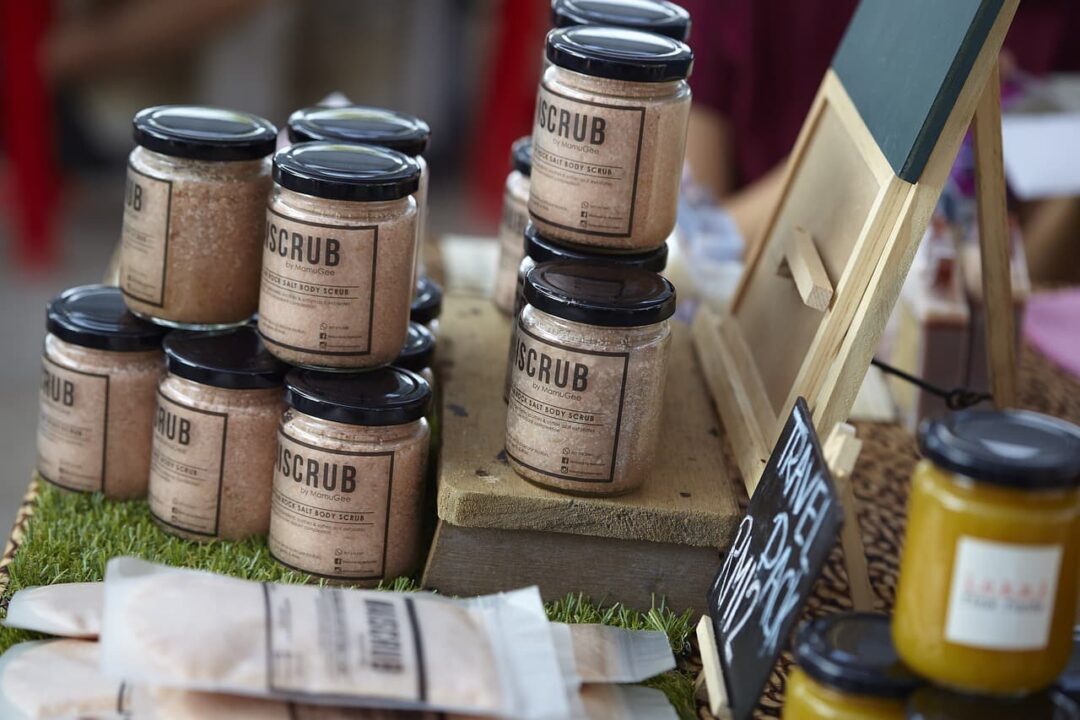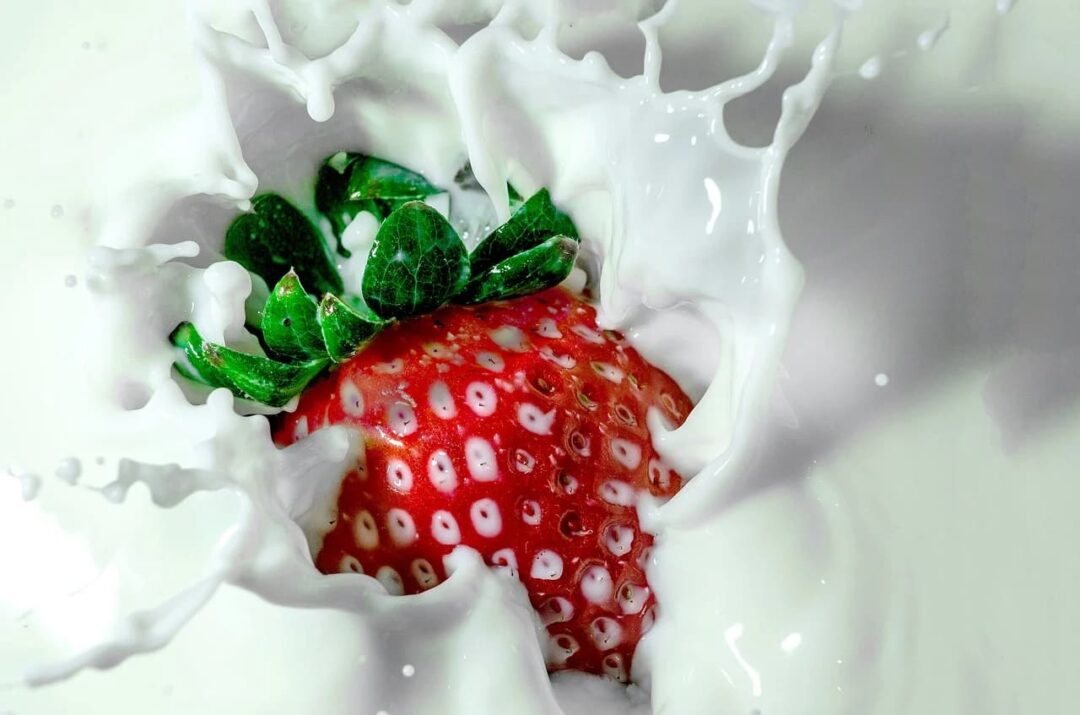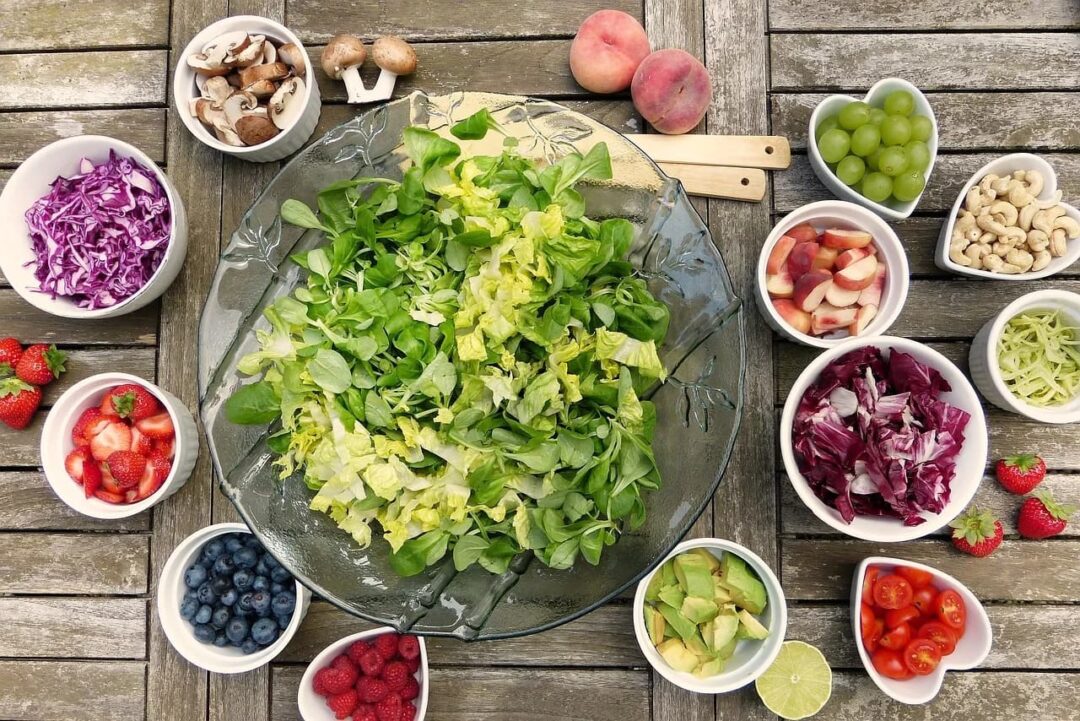
There are many studies on the relationship between food and skin, but the results are often inconsistent: small samples do not allow us to state efficacy; experiments are not always accurate; retrospective methodology works with bias. That is, everything written in blogs may be only one side of the coin. What the other side is hiding is anyone’s guess. If you suspect that a certain product may be affecting your skin, the safest way to find out is to exclude it from your diet and watch how your skin reacts. So today we’re going to talk about what your diet can do to your skin.

Nutrition for perfect skin is one of those external factors that play a very important role. A good example is collagen synthesis. Collagen is the key structural protein that makes the skin firm and resistant. It is constantly produced in the body to “repair” damage to the dermis. Its synthesis is a complex process, requiring various substances and trace elements.
Acne and Sweets
The connection between acne and sweets is often exaggerated. But sugar can still cause acne in some people.
How does it happen? Increased insulin in the blood increases the concentration of insulin-like growth hormone and increases the production of androgens (male sex hormones). The androgen-sensitive sebaceous gland receptors begin to produce more sebum. This causes the pores to clog, and in contact with the outside environment, which is teeming with bacteria, the skin develops pimples. Most often we trigger this process when we eat foods with a high glycemic index (sweets and flour products). This is the type of food that triggers the body’s insulin response.
Acne patients who followed a low glycemic index diet for 12 weeks noted that the number of rashes decreased significantly. But again, the experiment cannot be considered a success because only 43 people participated.
Acne and Dairy
Acne is often associated with the consumption of dairy products. But again, it’s important to realize that dairy products can actually cause a skin reaction in some people. Yes, not all people. A large-scale study found that people who frequently drank milk were 44% more likely to go to the doctor with acne problems. But the method of this study is quite controversial. No one measured the results – participants were simply asked to recall their diets, self-diagnose their acne and the severity of their acne.

Food and Chronic Skin Conditions
Food can’t trigger psoriasis, rosacea, or atopic dermatitis – they occur for other reasons. But some people notice that there are so-called trigger foods after which the problem worsens.
Dry Skin or Dehydrated Skin?
If you have dry skin, premature wrinkles, flakiness, and tightness, your body is probably dehydrated. Avicenna wrote in his Canon of Medicine, “Old age is dryness. Enough water will hydrate the skin from within and delay the appearance of wrinkles.
- Consume water at 3% of your body weight daily. Keep it slightly warm and drink it in small sips throughout the day for maximum absorption;
- Avoid sweet fizzy drinks and mineral water, as these dehydrate your body even more and affect the pH level.
Facial Types Depending on The Diet
Often cosmetologists use the terms “wine,” “sugar,” “gluten,” and “dairy” face. Nutritionist and dermatologist Nigma Talib identified these types. It turns out that skin problems can come from an intolerance to one of four foods: gluten, sugar, milk, or wine. It’s impossible to fit all people under certain criteria, but there are signs that can help you determine which of these foods isn’t right for you.

It’s proven that a well-balanced diet can save you money on Botox! No matter what diet you follow, include these products in your diet: they will not add calories, and will improve skin condition and prevent wrinkles!
Fish and Vegetable Oils
To keep wrinkles a thing of the past for as long as possible, you need to eat two of the most important polyunsaturated fatty acids in your diet: omega-3 and omega-6. You can’t go anywhere without them! At least once a week, eat fish like mackerel, salmon, tuna, sardines, or cod. From plant foods, pumpkin seeds, spinach, and vegetable oils, especially almond and linseed oils, are helpful.
Nuts
Coenzyme Q10 and vitamin E are substances that accelerate the regeneration and nourishment of skin cells. Now I understand why they are often found in the composition of anti-aging products. You can, of course, buy a cream or you can start eating… nuts! Experts call nuts a product of eternal youth, because they contain both coenzyme Q10 and vitamin E. But nuts are very caloric, so do not overdo it. For your face, 50 grams of almonds, cashews, hazelnuts or walnuts three times a week will be enough.
Greens and Citrus Fruits
Collagen is a protein synthesized by skin cells that is responsible for its firmness and elasticity. When you are young, it’s easy to keep your skin supple: collagen fibers that break down are quickly replaced by new ones. As we age, however, this process is much slower. The consequence is flabby skin and the appearance of wrinkles. So more collagen! And the best collagen stimulator is vitamin C. You probably know where to get it, but just in case: citrus fruits, kiwi fruit, rose hips, black currants, red peppers, sea buckthorn, and parsley are champions of vitamin C.
It’s All Secrets!
When we are young, many of us can boast of perfect skin. We don’t think about the fact that things can change in the future. And by the age of 30, and sometimes even earlier, we start to notice the first imperfections, the first wrinkles. Then we start looking for a miracle cure that will restore the skin to its former youthfulness. But in practice, not everyone helps creams for a few hundred, even a few thousand rubles. You don’t need to consult a specialist to reduce the appearance of wrinkles through diet (if you have no contraindications). There are a few rules that you need to adhere to so that your skin will once again be firm and healthy, and most importantly wrinkle-free. Observing all these simple rules, you will forget about wrinkles like a bad dream.



